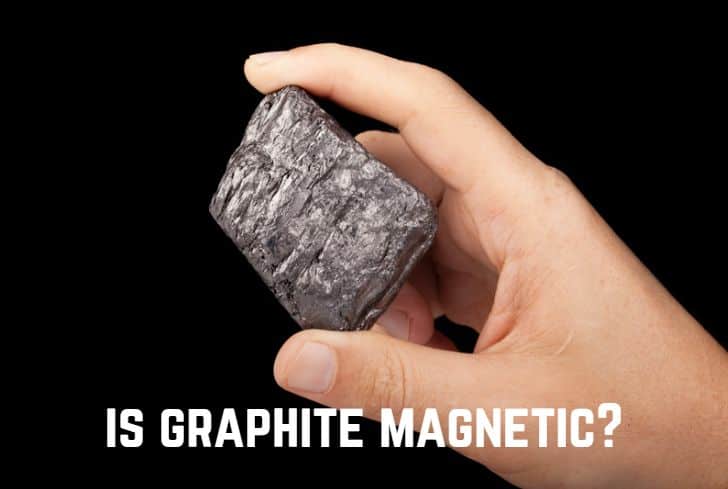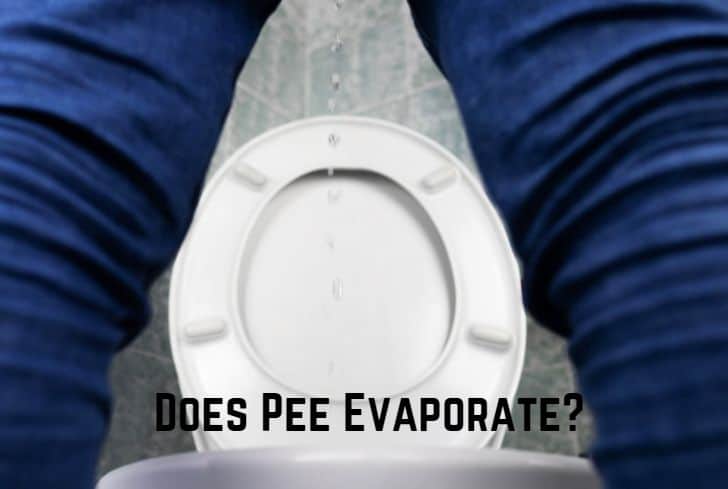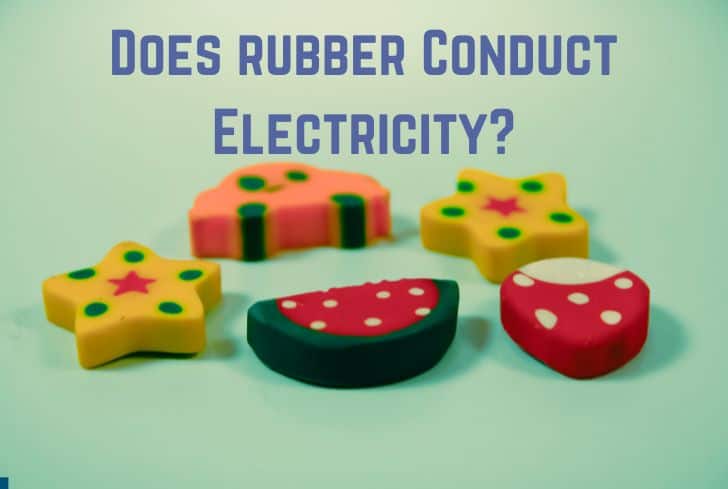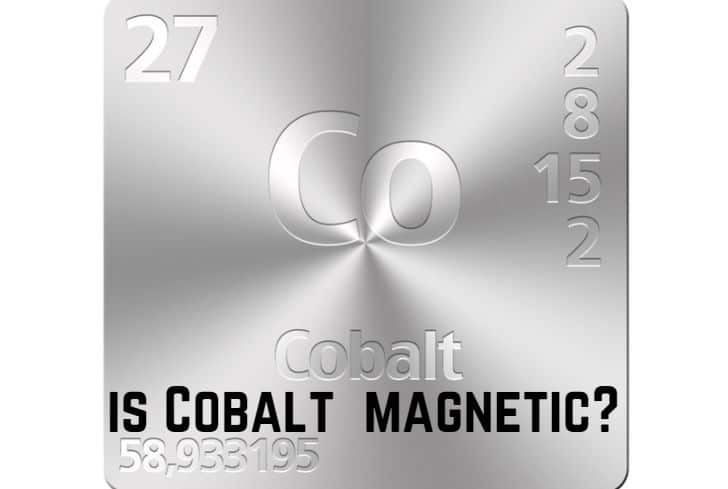Is Graphite Magnetic? (No…)

Graphite, also known as plumbago or black lead, is a crystalline form of carbon. It has a layered structure consisting of six carbon atom rings arranged in horizontal sheets. Graphite has a wide range of applications, from pencils to electrodes. It is found in China, Mexico, Canada, etc.
Have you ever wondered if graphite is magnetic? In this article, we are going to discuss just that. We will take a look at the properties, uses, and magnetic properties of graphite. Then we will look at some of its other forms, like graphite oxide and the graphite found in pencils, etc.
Read: Is Granite Magnetic?
Is Graphite a Magnetic Material?
No, graphite is not a magnetic material. Each of its carbon atoms has 6 electrons: 3 of these spin pointing up while the other 3 point down. So, the magnetic moment of each atom is zero, making graphite diamagnetic. However, scientists have recently discovered an exception to this.
Let us first understand what magnetism is. Magnetism is a force caused by the motion of electric charges. Every substance is made up of atoms. These atoms have electrons (particles that carry an electric charge) that circle the atom’s center, called the nucleus.
In some substances like iron, electrons spin in the same direction. This allows their magnetic fields to combine and produces a magnetic field extending beyond the atoms. These objects are strongly magnetic.
However, in most substances, equal numbers of electrons spin in opposite directions. This cancels out their magnetism, and so they are said to be diamagnetic—they a repelled by a magnetic field. These include things like graphite, paper, cloth, etc.
Recently, scientists have found that graphite exhibits weak ferromagnetism and also pinpointed its source. Kees Flipse and his colleagues demonstrated that weak magnetic signals come from the defect regions between the carbon layers. Read more about their research here.
What Happens When You Bring Graphite Near a Magnet?
When you bring graphite near a magnet, it will get repelled due to its diamagnetism. With a set of magnets arranged in a particular order, you can even make graphite levitate on top of them.
Take four strong magnets and arrange them in the shape of a square, with magnets having opposite poles placed adjacent to each other. Now, when you bring a piece of pyrolytic graphite on top of it, you will see that it floats above the set of magnets.
This happens because diamagnetism is causing the graphite to get repulsed from the magnets. However, at the same time, gravity is pulling it down. So, a kind of balance is formed, and this causes the graphite to levitate over the magnets.
Check out this video by QM Oxford to see this in action.
Properties of Graphite
These are the properties of graphite:
- Structure: Graphite is made up of sheets of trigonal planar carbon, and its individual layers are called graphene. The carbon atoms in each layer are arranged in a honeycomb lattice. The layers are held together by weak van der Waals bonds. Between these, there are usually gases, which make the graphene layers easily slide past each other. The hexagonal form of graphite is called alpha, while the rhombohedral is beta.
- Occurrence: Graphite is formed in metamorphic rocks by the reduction of sedimentary carbon compounds during metamorphism. It also occurs in igneous rocks and is associated with minerals like quartz, calcite, tourmaline, etc. Graphite is also found in meteorites, and it is one of the oldest minerals in the universe. Graphite can also be made artificially through the heat treatment of petroleum coke or oil.
- Physical Properties: In appearance, graphite is dark gray to black and opaque. It is very soft, having a value of 1.5 on the Mohs Hardness Scale. These properties are quite in contrast to that of diamond, which is colorless, transparent, and the hardest naturally occurring mineral. Graphite’s nomenclature comes from its greasy feel: it leaves a black mark, and so the Greek verb graphein (“to write”) led to its naming.
- Thermodynamics: Graphite has a high melting point and little thermal expansion. Its high thermal stability makes it very useful in high-temperature material processing applications. Graphite can also be converted into a diamond when subjected to adequate temperature & pressure. This transformation requires temperatures over 2000°C and pressures over 100 kbar.
- Other Properties: Graphite has highly antistrophic acoustic properties because phonons travel quickly along tightly bound planes but are slow when moving from one plane to another. Graphite is an electrical conductor due to the electron delocalization in its carbon layers; this makes it useful in applications like electrodes. Graphite also has self-lubricating and dry-lubricating properties, which have wide industrial uses.
Uses of Graphite
These are the uses of graphite:
- Historical uses: In the 4th century BC, the Marita culture in Southeastern Europe used graphite in ceramic paint, which was used to decorate pottery. In England, during the Elizabethan age, a particular kind of graphite (Borrowdale) was used as a refractory material that created cannonballs that were rounder, smoother, and traveled farther. In the 19th century, graphite was used in stove polish, lubricants, and of course, pencils.
- Refractories: Graphite’s high thermal stability makes it ideal for refractory (heat-resistant) material. This use began before the 20th century when graphite crucibles were used to hold molten metals. However, now their use has significantly declined. They were replaced by carbon-magnesite bricks in the 1980s, and then by alumina-graphite shapes.
- Batteries: Graphite is widely used in batteries. Natural as well as synthetic graphite makes up the anode material of electrodes in many battery technologies. In the 1980s—due to the rise in portable electronics and computers—the demand for nickel-metal hydride and lithium-ion batteries shot up the demand for graphite. The rise of Electric Vehicles in our time is expected to further increase this demand.
- Brake-Linings & Lubricants: Fine flake and natural amorphous variants of graphite are used in brake linings of heavy vehicles. They served as an important substitute for asbestos, although the rise of nonasbestos organic (NAO) compositions are now decreasing the market share of graphite. Graphite is also used to create lubricants, which are especially useful for high or low temperatures.
- Everyday Uses: From the 16th century, all pencils were made from English natural graphite, although today we mostly use a mix of powdered graphite and clay. Graphite is widely used by artists as it allows detailed & precise drawing. Graphene also makes up the acoustic drivers in headphones. It is also used in pinewood derbies, heat-resistant coatings, and soldering irons.
Is Graphite Magnetic in Pencils?
Pure graphite is diamagnetic, so it is repelled by magnetic fields. However, the graphite found in pencils is not pure; instead, it is defect-rich, and this makes it slightly ferromagnetic.
As we discussed earlier, pure graphite is diamagnetic. Its carbon atoms have electrons spinning in opposite directions, which effectively cancels out their magnetism.
However, pencil lead is made up of a mix of small, crude graphite grains and a clay binder. This amalgam is full of defects, such as nontrivial domain edges, seven or eight-membered rings, and vacancies.
These defects have ferromagnetic behavior, which makes the pencil also slightly ferromagnetic.
Is Graphite Oxide Magnetic?
Yes, graphite oxide is ferromagnetic. Although pure graphite is diamagnetic, graphite becomes ferromagnetic in its oxidized form due to its unique structure.
Graphite oxide, formerly known as graphitic oxide or graphitic acid, is made up of carbon, oxygen, and hydrogen, mixed in variable ratios. It is obtained by treating graphite with strong oxidizers and acids.
The π electrons of graphite oxide are only mobile in the graphitic regions of the compound. These regions are dispersed and surrounded by sp3-hybridized carbon atoms. This is what gives graphite oxide its ferromagnetism. You can read more about this here.
Does Graphite Conduct Heat?
Yes, graphite conducts heat. It is a good conductor of heat because it has free electrons in its structure that can transmit heat from one point to another.
In graphite, only three of four carbon atoms are involved in bonding. The fourth valence electron of each carbon atom remains unpaired. These free electrons can move across the layers of graphite.
So, the presence of unpaired/free electrons makes graphite a good conductor of heat.
Does Graphite Dissolve in Water?
No, graphite is not easily soluble in water because it consists of strong covalent bonds. With the help of extensive sonication and adequate additives, it can be dispersed in organic solvents or water. But this process creates cracks in graphite.
Graphite has strong bonds between its carbon atoms, and this bonding exists in two dimensions over an extended array. The attraction between solvent molecules and carbon atoms can never be strong enough to overcome the strong covalent bonds in graphite.
This is also why diamond is insoluble in water.
Read: Is Brass Magnetic?
Conclusion
In this article, we have looked at the magnetic properties of graphite. Because the electrons of graphite spin in the opposite direction, they cancel out their magnetism, making it a diamagnetic material. We then looked at the properties and uses of graphite. Finally, we also talked about graphite oxide and the variant of graphite found in pencils.






